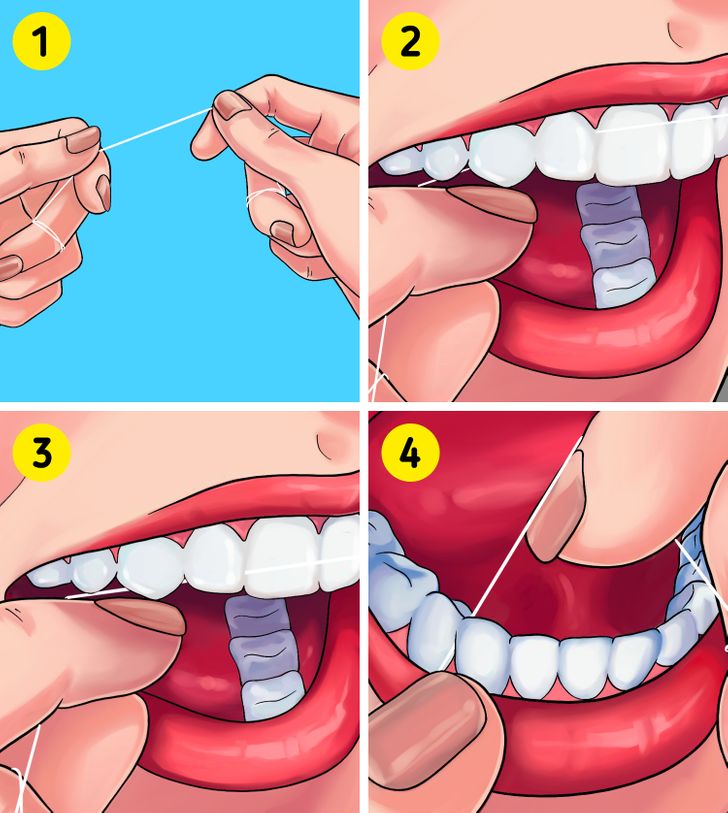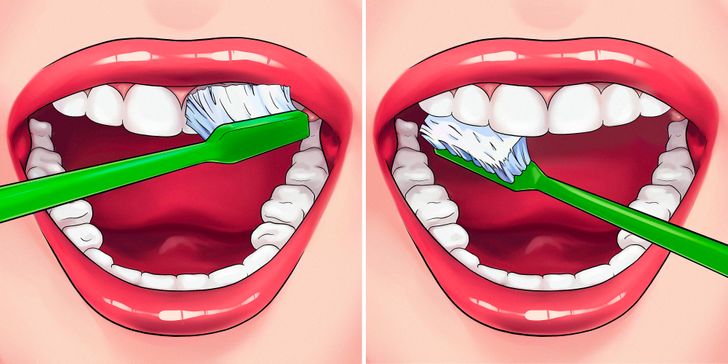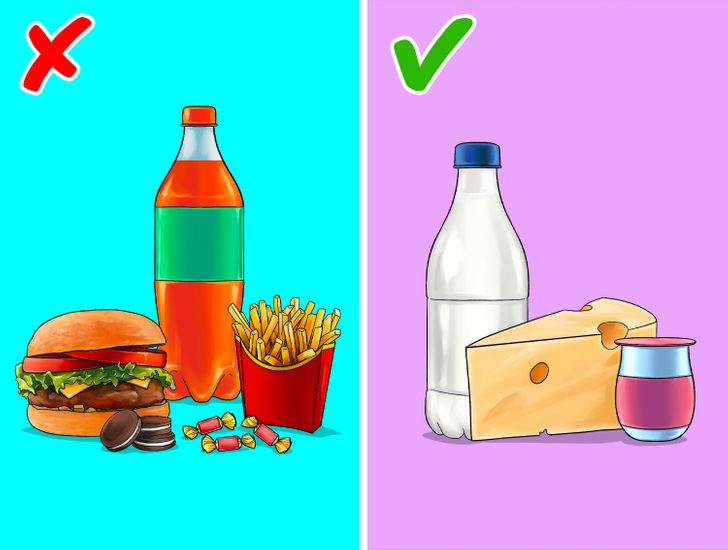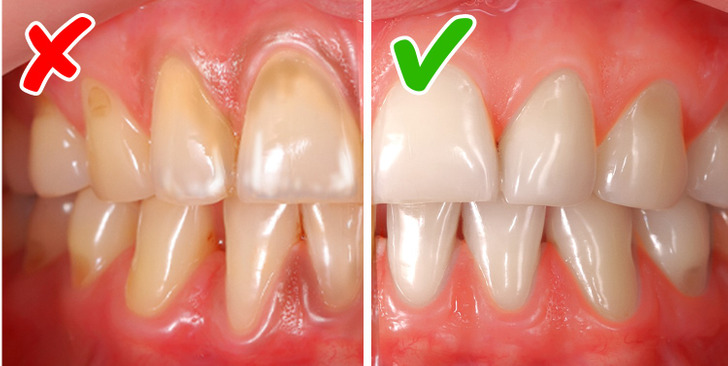How to Get Healthy Gums Again
We usually pay lots of attention to our teeth but often neglect our gums. Without good care, your gums might begin to hurt, become inflamed, and be a reason for discomfort. We researched how to prevent gum problems with natural remedies at home without a dentist.
❗This article is for informative purposes only. If you need an exact diagnosis, treatment plan, and preventive measures, we recommend seeing a professional doctor.
How to understand that you have gum problems
The issues with gum disease may start when there’s dental plaque under and along the gum line. The plaque is a sticky film of bacteria, slime, food leftovers, and other things. Over time, it solidifies into tartar, which is where bacteria live. It causes gum inflammation.
- The early stage of the problem is called “gingivitis.” The gums swell, and they become sensitive. There might be some bleeding. But the bones and the tissue holding the teeth remain intact. This means you can treat gingivitis on its own if you follow the rules of good mouth hygiene.
- But if you ignore these problems, the issue will progress and turn into periodontitis. It affects the gums’ surface and the bones holding the teeth. This stage requires professional help to prevent tooth loss.
- The final stage is progressing periodontitis. The bones and the tissue holding the teeth are destroyed. In some cases, the teeth have to be removed.
- Other signs of gum problems are a constant bad odor, loose teeth, bleeding gums, and pain in the gums, especially when chewing. Fortunately, gum disease can be prevented. Read on to learn more about how to keep them healthy.
1. Pay attention to the space between the teeth.

Use floss at least once a day before you use a toothbrush. It will help you remove the dental plaque and the food leftovers that are hard to reach with a toothbrush. Remember that the area between the teeth and the gums is where dental plaque is formed. It is essential to use the floss correctly.
Use the following technique:
- Cut off 40-45 cm of the floss, wrap it around the middle fingers of both hands, and hold it between the thumb and index fingers.
- Put the floss between the teeth and go up and down.
- Wrap it around the tooth when the floss gets to the gum line. Carefully clean each side going up and down.
- Repeat with all of the other teeth.
2. Brush your teeth correctly.

The right toothbrush technique is also really important. Don’t use hard toothbrushes, and don’t press on them too hard; it can damage the gums and lead to inflammation. Use soft toothbrushes and be careful. Also, pay enough attention to the gum line to prevent dental plaque from appearing there. If you can, use an electric toothbrush. According to studies, it is 21% more effective at removing dental plaque and 11% better at reducing gum inflammation.
Here are a few more tips:
- Brush your teeth for 2 full minutes in the morning and in the evening.
- Use toothpaste that contains fluoride.
- During the procedure, hold the brush at a 45-degree angle to the gum line.
- Do slow, circular movements.
- Brush the teeth on both sides.
- Each tooth should get about 15-20 movements.
- Don’t press onto the teeth.
- Replace your toothbrush every 3 or 4 months or right after a cold or similar ailment.
- Don’t store your toothbrush in a closed container. It encourages the development of bacteria.
3. Change your diet.

Acids can make the tooth enamel weaker, and bacteria need sugar. Every time the teeth come into contact with it, demineralization starts. So it would be wise to eat less sugar and try to avoid the following:
- Sodas
- Cookies
- Candy
- Chocolate
- Other sweet foods
- Fast food that contains sugar
Calcium supports the bone tissue that keeps the teeth in place. Instead, eat more calcium-rich foods, like milk, yogurt, and cheese.
4. Visit the dentist often.
You can’t take good care of your gums on your own without visiting a dentist. Dental plaque and tartar are hard to remove at home, so professional cleaning is the only way to eliminate them. Besides, regular dentist visits help you to detect gum problems early on, start treatment in time, and prevent further health issues.
We’d love to hear from you. Do you know any other remedies that help prevent gum disease? Please comment below!
